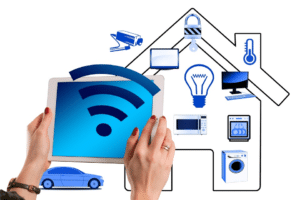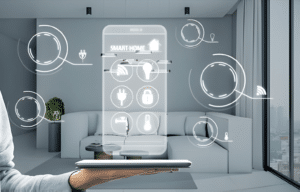Hestia Smart Living as a authorized Lutron installer and Control4 Authorized dealer can help you with consulting and designing effective smart home systems to make your own comfort zone, based on your personal needs.
Have you ever imagined living in a house that is fully automated? Home automation systems have been trending in the past years, and nowadays, they have come into their own. Control everything in your house from everywhere and have peace of mind with the help of a home automation system. Switch the light on or off, lock the doors, adjust the temperature, up or down blinds just by a single touch, even when you are outside of the home; this is what you are going to experience in a wireless home automation system. There are two types of wired and wireless automation control, but wireless automation kits are more functional and make life much easier due to their accessibility. Hestia team can help you with consulting and designing effective smart home systems to make your own comfort zone, based on your personal needs.

Today, many ordinary electrical or battery-powered products, such as refrigerators, coffee machines, and baby monitoring systems, can connect to the internet thanks to the advancements in smart living technology. The Internet of Things (IoT) is the source of these internet-connected smart gadgets. IoT refers to a network of physical objects—smart devices—communicating and sharing data with other devices. You can simply program these devices so that they will operate automatically. You may find it difficult to interact and work with them at first, but you will grasp how they all work together.
What is the definition of automatic home control system?
The exact description of a wireless home automation system is an automatic wireless control system on the internet connected to your home electronic devices and appliances. With the help of a wireless home control automation system, you can make customized schedules for your smart devices to turn on or off or change their settings based on your presence. As its name suggests, you will be able to control every device at your home remotely with a single smart home application.

Let’s have an example to understand it better. Imagine a smart thermostat that can automatically change the temperature before you get up in the morning. When you want to leave home, you can switch to an energy-efficient setting to save energy and prevent excess costs. At night, when you are locked out, smart light bulbs can turn on automatically for more safety as you program them, or they can be turned on by motion sensors when someone or a guest arrives at your front or back door. When it’s time to wake up, they can switch on gently and work as a getup alarm and turn off when it’s time to go to bed, which can be helpful for your morning and evening routines by reducing the time and effort spent on manual activities, as well as help you save money on energy expenditures.
Smart home devices are able to work harmonically with each other through the IoT-connected ecosystem. As a good example, we can mention the cooperation of a motion sensor, smart lighting, and smart security camera in such a way that security cameras trigger indoor and outdoor lighting to switch on when motion sensors detect a motion in or outside of your home.
Demands of Wireless Automation control
Based on the tasks and actions that you want to automate and coo working of devices together to improve your comfort and make things easier, and how to control them, you should decide about what you are going to need for a wireless home automation kit. Here are some of the essential components of home automation you can have:

Ecosystem of smart homes
The first step of making a home automated is the ecosystem of the smart home. Amazon Alexa, Apple HomeKit, Samsung SmartThings, and Google Nest are three of the most common and famous smart home ecosystems. These brands have a digital voice assistant that hears your commands and accepts them to do the function: Amazon Alexa, Apple Siri, Samsung Bixby, and Google Assistant. If you are going to use voice commands, you need to have a smart speaker, and for a visual representation of your smart home settings, you can use an app on your phone or tablet.
While many smart devices support these common smart home ecosystems, it is critical to examine the device’s capability before buying them. Most of the devices have a label on their packaging that mentions their support for the specific smart home ecosystems.
Controlling Protocols
The second stage of planning to have a wireless smart home is choosing the right smart home device control protocol. Your devices must have the ability to communicate and work with each other. Some of the known and popular protocols are WiFi, Z-Wave, Zigbee, Bluetooth, and Tread. Moreover, Matter is a new innovative protocol that recently started trending in smart home controlling protocol because it allows devices from different ecosystems to communicate with one another.
Devices
You should choose the most suitable devices for home automation, and this is the third step in automating your home. Lightbulbs, blinders, door locks, smart pools, smart plugs, home security systems, a combination of security cameras/doorbells, electric coffee makers, carbon monoxide detectors/monitors, and thermostats are the most common examples of smart home equipment. Here is a list of the things in and outside of the house that a home automation system can transform:
- Remote lighting control for indoor and outdoor
- Thermostat control for heating and air conditioner
- Carbon monoxide and fire monitoring system
- App control
- Alarm systems
- Air quality monitoring system and purification
- Live video supervision
- Security system and cameras
- Hands-free and keyless door systems
- Real-time alarm with text, mail, or push notification
- Voice-activated controls with digital assistants
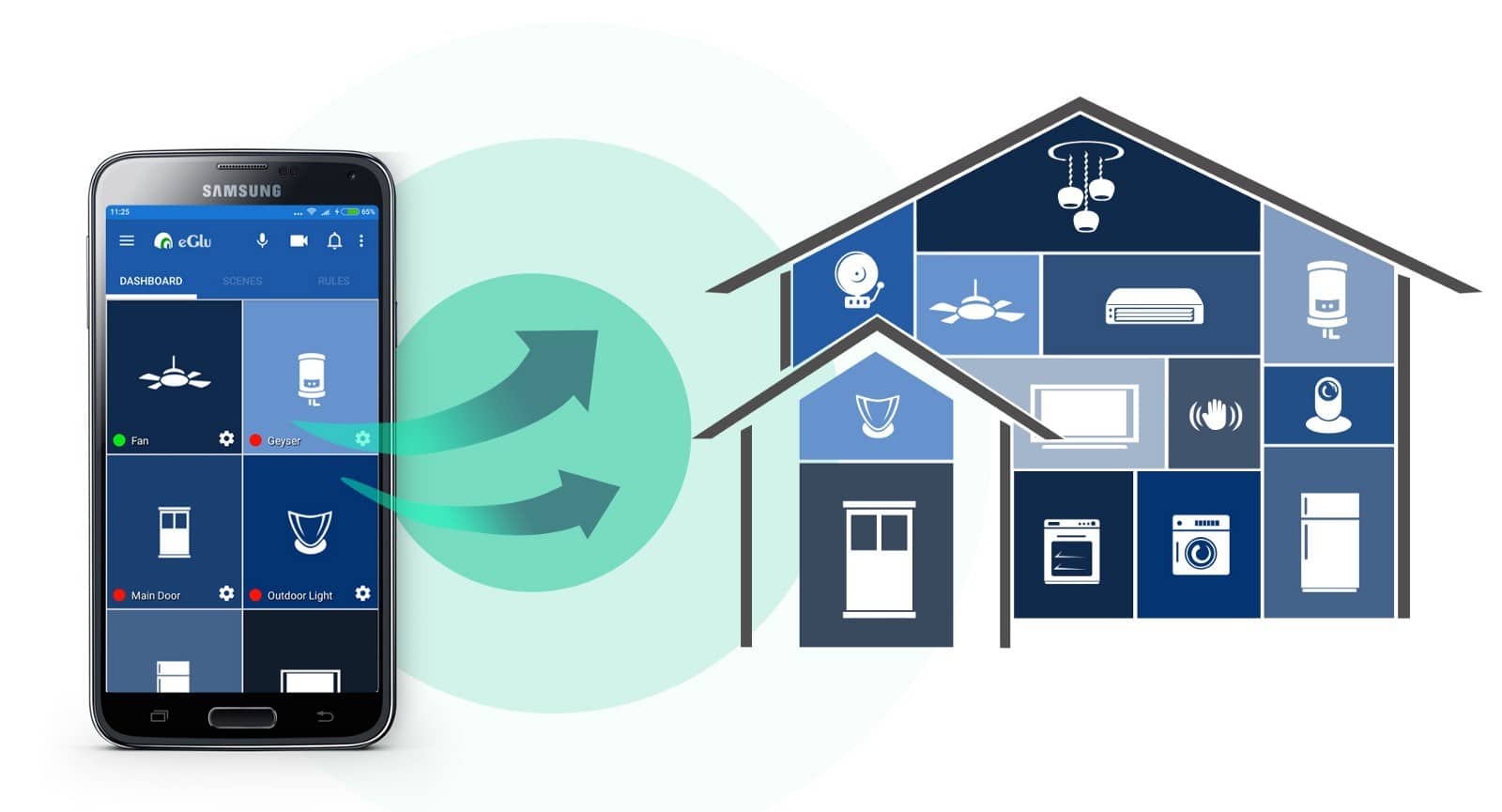
Benefits of Wireless Home Automation System
Reduce your energy use and save money
Wireless Automation kit is a solution to cut your power bills us,e less energy, and save money. Saving money by reducing energy costs is one of the most significant advantages of home automation. An example is home heating bills, which are a significant routine cost for many people. A Smart Thermostat will help you save money by optimizing your heating and cooling system. The thermostat will adjust your home’s temperature automatically based on the time of day, your home’s indoor condition, and local weather conditions.
There are many concerns about energy efficiency and our carbon footprint right now. So, automation technology helps us to have efficient use in overall energy. In our example, smart thermostats can track your daily activities and make plans and recommendations for more efficient cooling and heating. Or you can even remotely cut off the heating and cooling system when you are not home for a while.
Home security and safety
An additional piece of mind is guaranteed with automated home security systems by the ability to monitor your home while you are out on vacation. These systems will give the house owner real-time video and audio, and smart lights with motion sensors that switch the light on in specific places with the dedication of a motion and alert you about unusual motion on your property wherever you are with a phone call, text message, or email. Don’t worry about home disasters with the addition of smart smoke and carbon monoxide detectors and moisture-monitoring systems to your smart home automation system that identify leaks and other monitoring devices for catastrophic home disasters like fires, gas, and water lakes, etc.
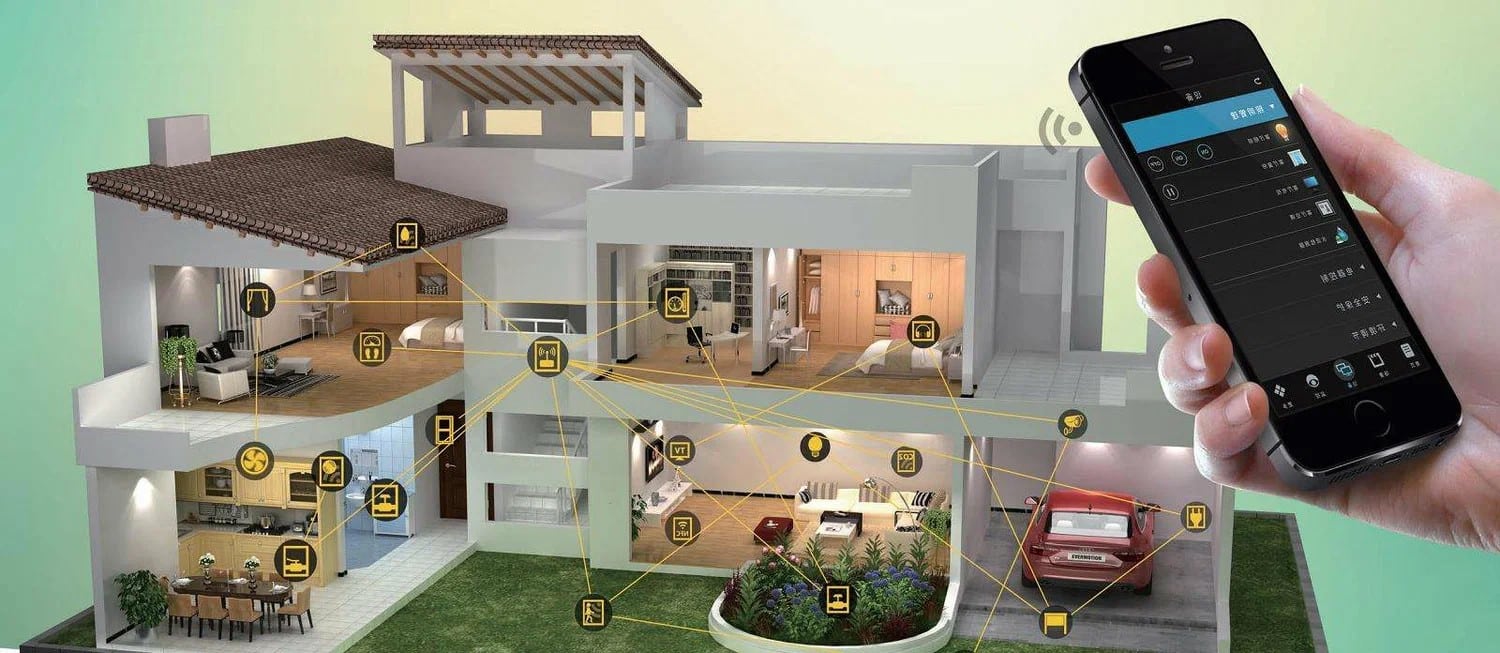
Remote monitoring and controlling
If you have a pet, whenever you live at home, you may be concerned that something bad will happen to your pet while you are away. Or you may have these thoughts that you have forgotten about turning out the lights or locking the door. Or what would happen if a leak floods your house while you’re not at home?
A wireless home control kit with remote controls and security cameras will allow you to monitor and manage your house, especially when you are not at home. Just open the smart home app on your phone, laptop, or tablet and check on everything with a security camera, lights, or appliances. Recheck for door locks, up or down your window shades, and many more with the control center of the smart home in your hand.
Convenience
Smart home automation almost puts everything in your home right at your fingertips; you can easily set devices to switch on or off automatically at specific times or remotely access their settings from anywhere with an Internet connection to change their situation. With a wireless connection, you don’t need to be worried about your child’s arrival while you are at work; you can simply open door locks with your phone. Or when you leave home in a rush and don’t remember to lock the door or turn out the lights, you can just check it on your phone, easy peasy!
More Comfort
Home automation is made to convert your house into a peaceful refuge. Track and keep the temperature at a perfect level with a smart thermostat, and even customize it for any individual room. You can use your smart lights as a gentle alarm system to wake you up with a burst of energy in the morning and to automatically fade for the ideal mood lighting in the evening. Everything you have in your mind about the concept of comfort, your smart system can create and maintain your perfect home environment.
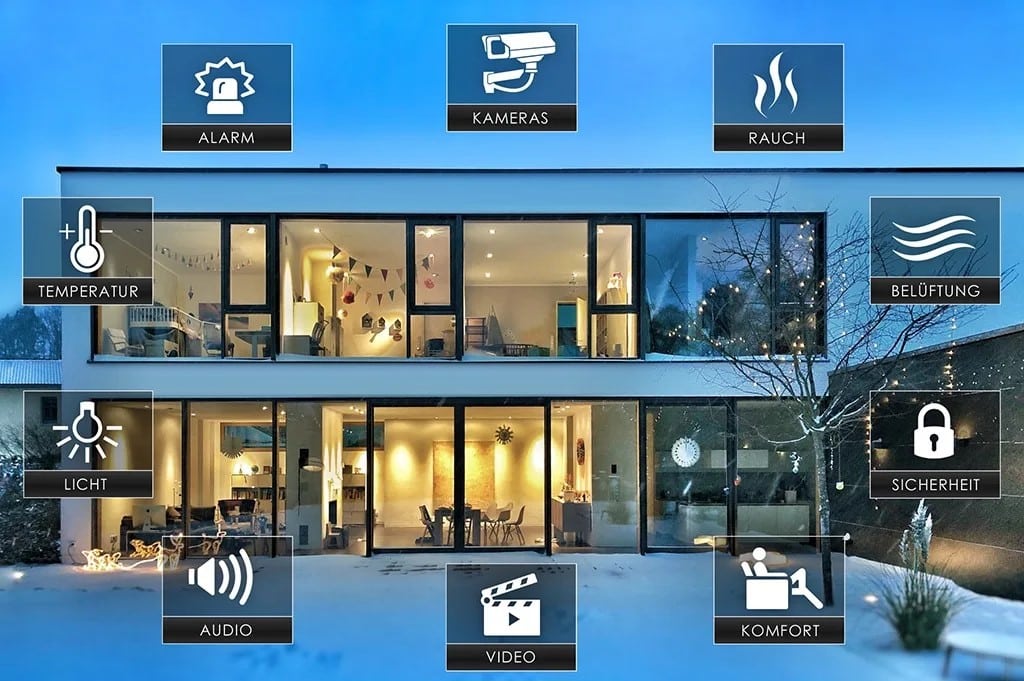
Conclusion
Wireless home control system is a revolution of turning manual and analog devices to automatic and electronic control of them. The day you transformed a traditional home to a smart one, you can’t live in any causal houses anymore. Automatic home control systems bring you comfort, peace of mind, security and safety, money and energy save and management, etc. By choosing the right design and equipment or getting help from experts companies like Hestiasl for your house, you will live better and work more efficiently without having worries such as forgetting to turn off the light, lucking the door and everything in between.



